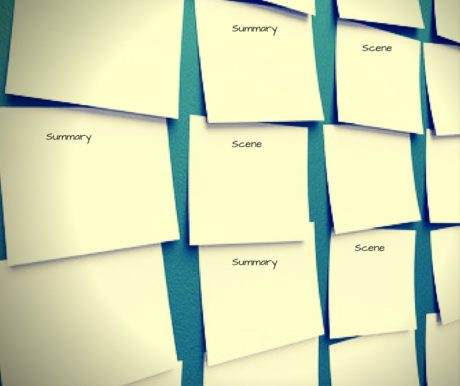Family stories don’t have to be epic novels or mammoth books that tell a tale from birth to death of ancestors and their families. They can be short stories.
What is a Short Story?
A short story is when a character undergoes some event and experiences something which offers him change. Short stories usually say something a small something but delivered with precision.
Short stories are growing in popularity because they can deliver the same experience of a novel but can be consumed quickly. You can post them on a blog, in a family newsletter or turn them into a video or gather a bunch of them together into a short story collection.
A short story is not a life to death tale of an ancestor squeezed into a short time period. But instead a moment in an ancestor’s life in which he or she experiences a life-changing event.
A short story does not have a 3-act structure as we learn in our online class Plotting a Family History Story. Nor is it just Act 1, 2, or 3. It has its own individual structure.
It focuses on your protagonist ancestor. There is usually one conflict two at the most. There are generally no more than two to four characters. The story may transpire over one or two locations.
In a short story, you have less space to develop your ancestor’s character, less room for lengthy dialogue.
A short story is rarely over 10,000 words or below 500 words, commonly between 1500-5000 words. A short story can be read in a single-sitting but long enough to engage and move the reader. The topic is narrow and focused, the story’s meaning demonstrated through events that effect some change or denial of change in an individual.
We’ve broken down the process of writing a family history short story into 10 steps.
10 Steps to a Short Story
Step 1: Brainstorm
Brainstorm. Choose an exciting event from your research. It could be a happy moment or sad moment or a life-changing event. It could focus on a relationship between two ancestors or with a friend, acquaintance, stranger or spouse. It could be a trip or vacation, a sporting event or other activity. Mine your research and find an event worthy of a short story.
Step 2: Choose the Protagonist Ancestor
Choose the ancestor through whose perspective the story will be told. Every story needs a protagonist ancestor at the centre of the story. This allows the reader to connect with that ancestor and the story.
Step 3: Find the Story Goal
Before you start any story short or long you must identify the focus, the goal. All narratives have a focal point, a climax. Identify a purpose that your protagonist ancestor sought to achieve in his life. What is the central moment of the story when your ancestor reaches this goal and change occurs? This is the climax, the goal of your narrative.
Step 4: Complete Ancestor Profile and Setting Details
Outline your ancestor’s profile and the setting details. It’s important to take some time to research and flesh out the details and descriptions of the setting of your story so that you can bring it to life on the page. Equally important is understanding your protagonist ancestor on an in-depth level. Complete an ancestor profile so that you can pull together your ancestor’s physical appearance but also come to comprehend what makes them tick and you are able to bring the most authentic ancestor to the page.
Step 5: Write the story as a one-page synopsis.
Go ahead and briefly sketch out a 1-page synopsis of your story as you see it. This will help you in the next step of creating a storyline.
Step 6: Outline the story structure using a storyline.
Below you’ll find a storyline for a short story. You want to break down your narrative into critical scenes, including opening scene, obstacles, climax and closing scene.
Step 7: Write your short story using scene and summary.
You’re now ready to write your short story. Make sure you find a delicate balance of scenes and summary to tell an intriguing tale that will bring an engaging and entertaining story to the page.
Step 8: Write a satisfying ending.
Make sure your story ends with a climax and conclusion that leaves your reader with a clear image and message.
Step 9: Rewrite for clarity, concision and structure.
Now it’s time to rewrite, making sure every detail is exact. Share your story with a writing group. Get feedback and allow that feedback to grow your writing skills.
Step 10: Share your writing with the world.
Now your story is ready to share with the world. Stories are meant to be read. Be brave and put it out in the world. Then, move on to the next story.
Need a short story example? One of the first short stories I ever read is Faulkner’s ‘A Rose for Emily.’ Go ahead and give a read and note how Faulkner has structured his story. While this is a fictional short story, I offer it up as a great example of short story writing structure.




